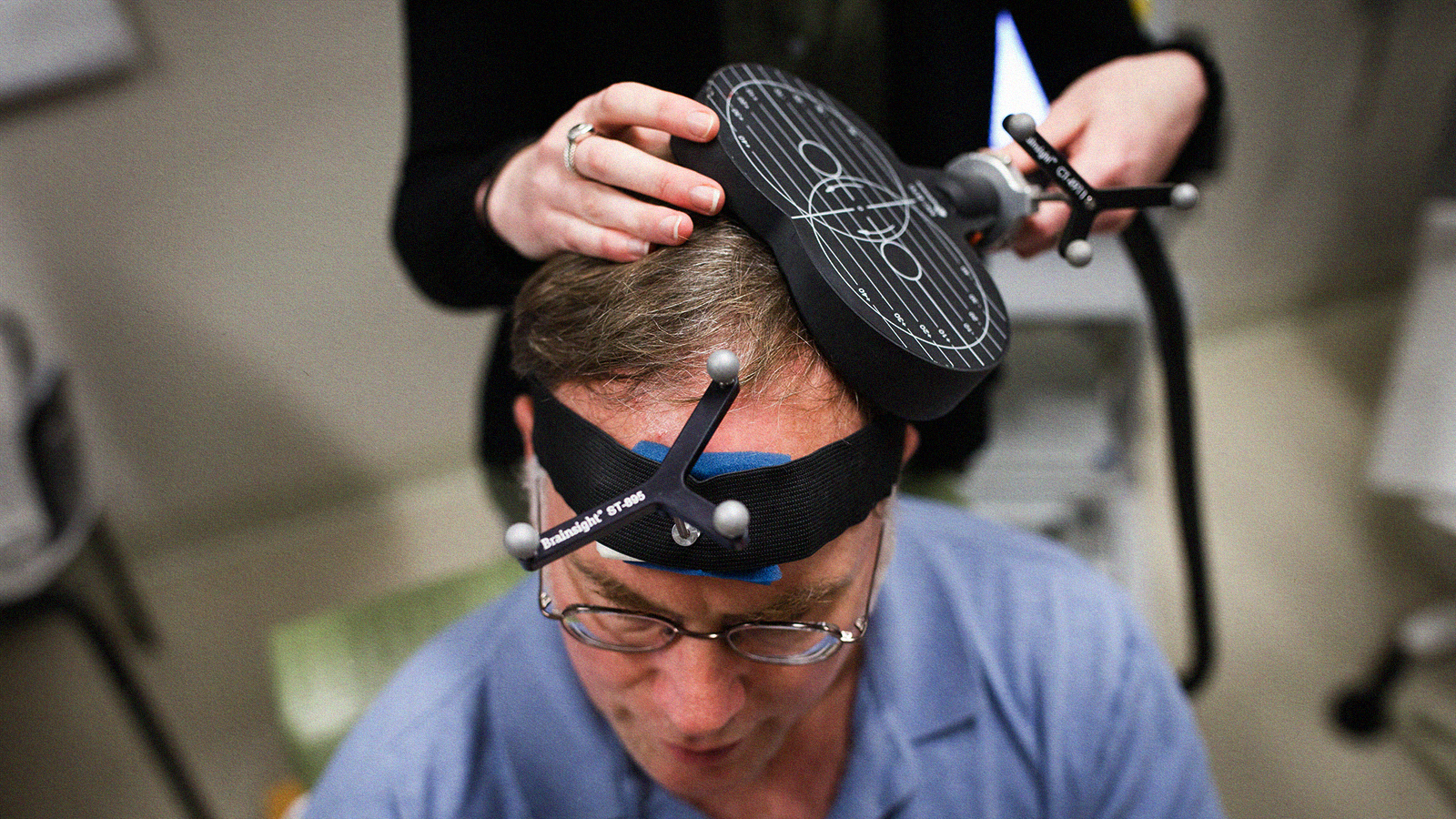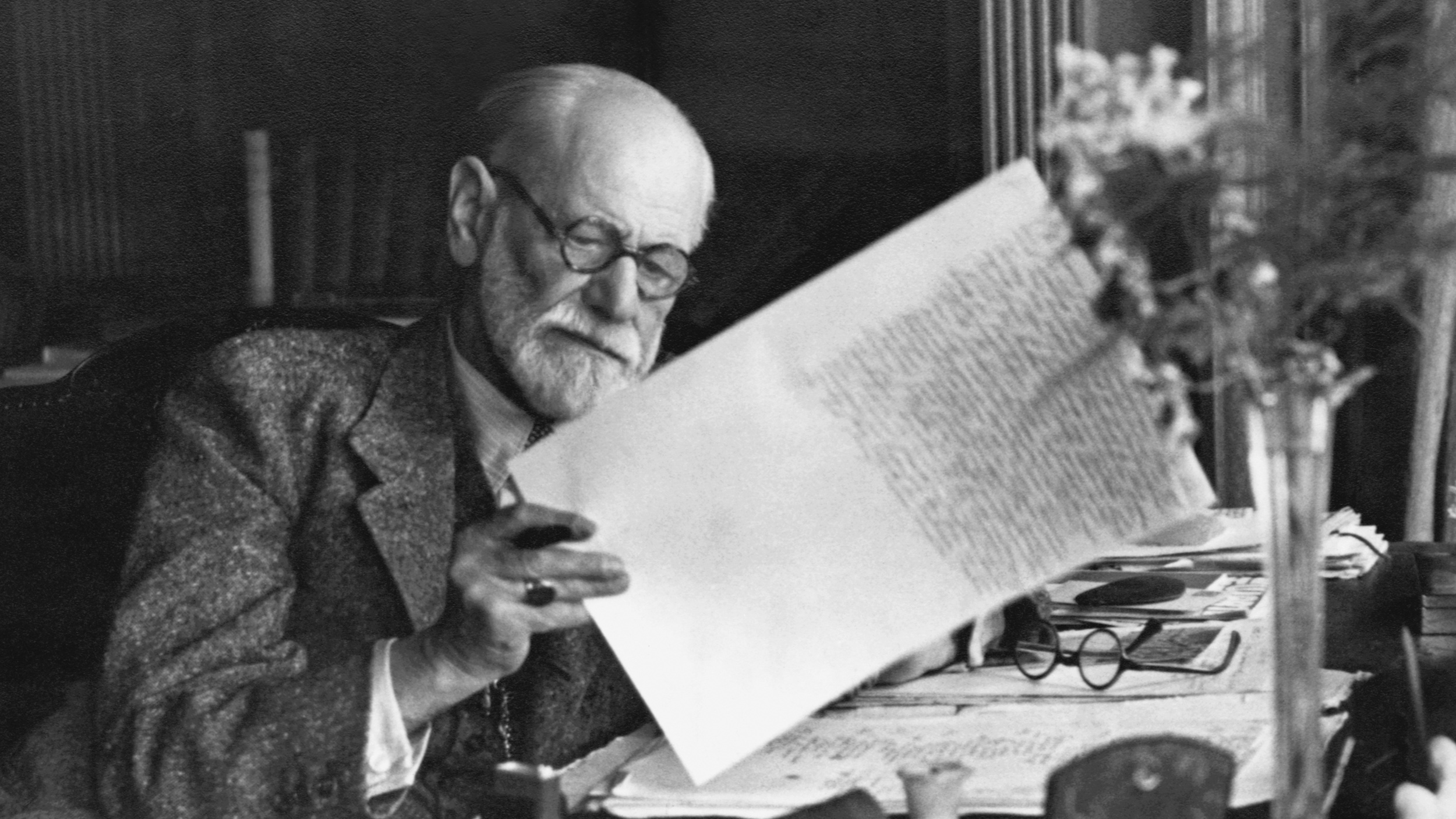Should cognitive behavioral therapy be taught in school?

- Adolescents are experiencing higher rates of mental disorders than ever before.
- One possible solution to this crisis would be to teach students cognitive behavioral therapy, an effective, modern therapeutic technique that focuses on addressing “distorted” thinking.
- What are the arguments for and against teaching cognitive behavioral therapy in school?
Nearly half of all young people aged 13 to 18 have experienced some form of mental disorder in their lifetime, whether that be depression, anxiety, substance abuse, or other disorders, with 27.6 percent experiencing severe impairment from that disorder. What’s more, in the years between 2005 and 2017 (the most recent year for which data is available), the rates of major depression among teens aged 12 to 17 increased by 52 percent.
We could attribute this jump in mental health disorders as the result of a generation that’s more aware of and comfortable talking about mental illness, but there’s also been a corresponding increase in suicide attempts — presumably, a generation that is more open about their mental health would attempt suicide less or at the same rate, not more. A reasonable conclusion is that our young people are becoming more prone to mental disorders.
We could blame this on a toxic political environment, a dismal future threatened by climate change, too much screen time, too many participation trophies, or any number of things, but it’s far more practical to focus instead on solutions. One such solution to this mental health crisis could be to teach cognitive behavioral therapy (CBT) in schools.
What is CBT?
CBT is the first-line treatment for a number of mental disorders, including PTSD, depression, and anxiety. In essence, CBT asserts that distorted thinking gives rise to changes in behavior and affect and that by changing our relationship with those distorted thoughts, we can change our behavior. In an interview with Big Think, New York University professor Jonathan Haidt said, “CBT is just a way of teaching people skills … to question their feelings, to look for evidence.”
So in CBT you learn the names of these distortions, about 15 or so distortions. You can guess what they mean: catastrophizing; black-and-white thinking; labeling; mind reading. These are the things that depressed and anxious people do a lot. … All of us have had experience with these. One thing I like to think about is Homer Simpson saying, “Shut up, brain, or I’ll stab you with a Q-tip!” Our brains do this. Our brains go on and on, and we’re like stop it, stop it, stop it! Well, CBT is a way of stopping it.
Unlike psychoanalysis, where the therapist attempts to identify the issues in a patient’s unconscious that gives rise to their mental disorder, CBT is very much a collaborative work between the therapist and the patient. In CBT, patient and therapist work together to identify instances of distorted thinking, what parts of that distorted thought can be changed, and how best to do so. In short, many of the skills used in CBT can be taught.
https://develop.bigthink.com/videos/trigger-warning-cbt-therapy-america
What are the benefits and downsides to CBT?
Half of all mental disorders arise before the mid-teens, so teaching young people the skills that CBT offers could be a powerful way of addressing mental health concerns before they become seriously problematic. CBT has been shown to be highly effective for depression, anxiety, and other disorders that commonly arise in young people. What’s more, it’s a very quick method of therapy that takes months rather than years.
That being said, CBT is not without its criticisms. For one, many psychologists criticize it as being too focused on treating the symptoms of mental illness rather than the underlying cause. As a result, some critics claim that CBT is only effective in the short-term. Additionally, evidence suggests that CBT can be more or less effective depending on the nature of the mental disorder. Ultimately, CBT is likely most effective when it is used as a component of a more comprehensive treatment plan.
Three ways to teach CBT in schools
However, there is some research to suggest that teaching CBT in schools could be beneficial, such as the Preventing Anxiety in Children through Education in Schools (PACES) randomized control trial. In this study, 1,257 students across 45 schools were tested for anxiety and depression. Then, all students (regardless of their mental status) were randomly assigned to receive either no treatment or a CBT intervention consisting of nine separate hour-long sessions administered by either trained teachers or mental health professionals. They found that when the CBT sessions were delivered by a mental health professional, students’ anxiety and depression improved considerably, though this was not the case when trained teachers delivered the CBT lessons. Since the teachers were only given a two-day training seminar prior to delivering the CBT lessons, it could be argued that CBT simply requires more training to deliver effectively.
The PACES study implemented a universal CBT program, meaning that the curriculum was taught to all students regardless of their mental health status. While this would teach emotional management skills to all students and ensure that none fell through the cracks, it does raise the issue of how we could expect schools to implement a CBT curriculum when student schedules are already packed with core subjects and extracurriculars.
But a universal CBT program is just one of three possible paradigms. School systems could implement targeted interventions, where only at-risk students are provided CBT sessions, either in a class, a small group, or individually. While these have the advantage of being easier to fit into a busy school day, they also run the risk of encouraging stigmatization and failing to reach some students who could in fact benefit from CBT.
The third option would be an intensive CBT intervention, in which only those students with the greatest difficulties are offered CBT sessions and only in small groups or individually. Under this regime, outside agencies may also assist or oversee CBT sessions.
The evidence for all of these methods show that, in general, CBT is at least as effective as medication or other therapeutic techniques. A CBT curriculum in school could be set up in according to one of these paradigms, or it could use a combination of all three. But when we look at the statistics of mental health issues in children and adolescents, it’s clear that we should consider whether we should start teaching students how to think well rather than merely what to think about.





